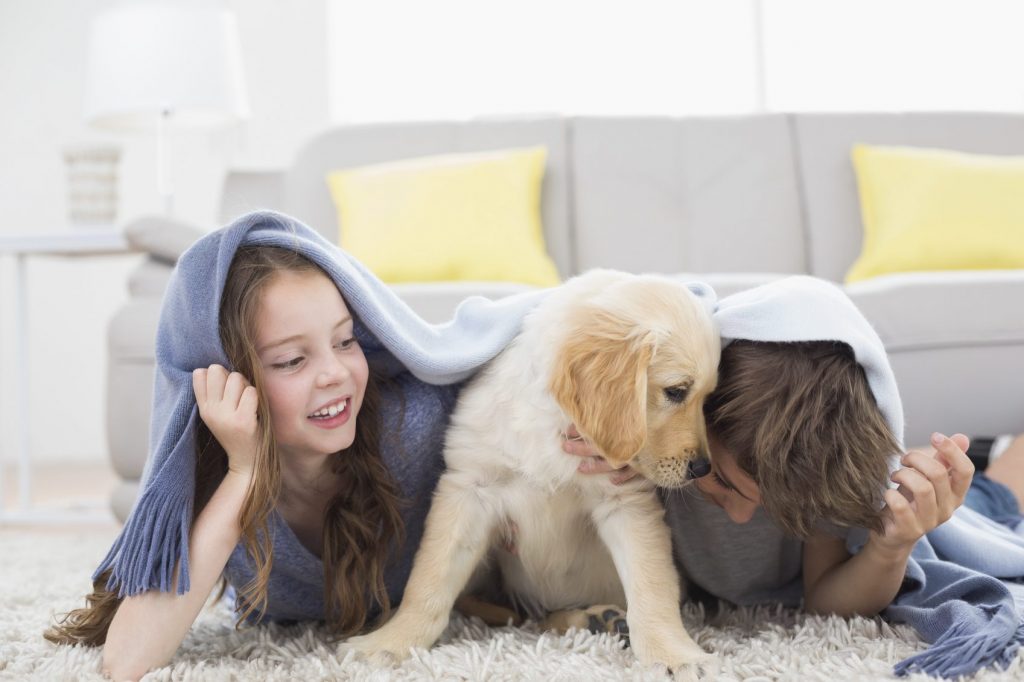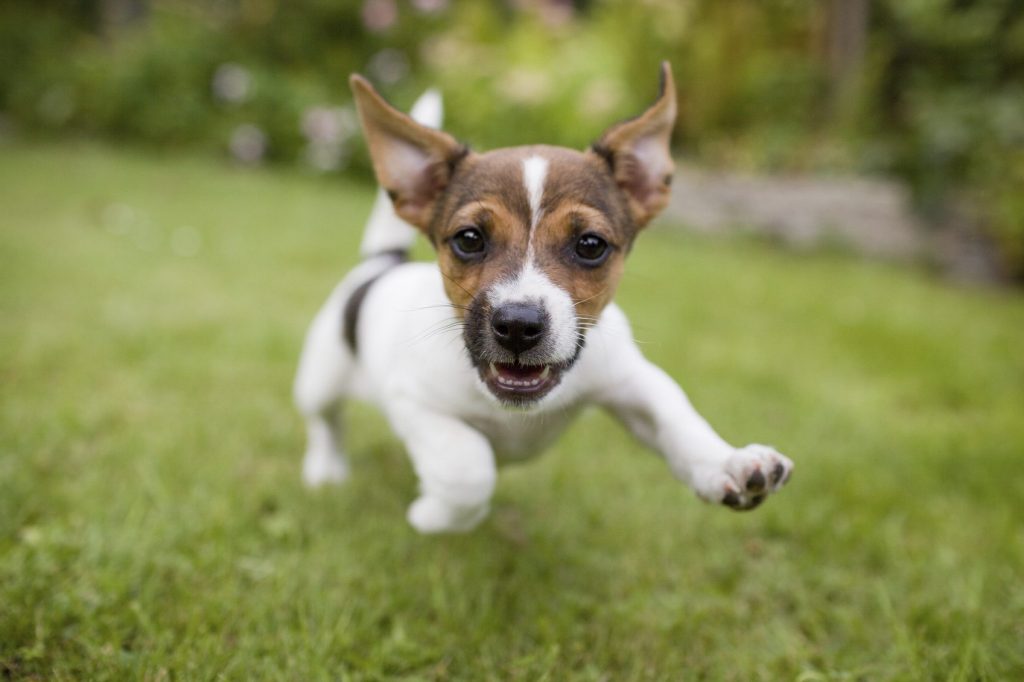
You’ve planned, you’ve searched and you’ve found him – the new love of your life. It’s time for your new puppy to come home with you and meet his or her new family. It’s a joyous time indeed, but keep in mind that there are a few things you can do to make pup’s transition to a new home easier, for you and him.
Five Things To Consider Before Getting A Puppy
1. Chewing and Sharp Teeth!
Puppies nip, and their teeth are sharp! You will need to have appropriate chews on hand for the puppy so he or she can sink those sharp little teeth into something other than your hand or furniture. See the shopping list at the end of this article to find the healthiest chew items for your puppy. Merrick brand makes a number of healthy chew items, and each are wrapped individually. Avoid super hard chews for your puppy, and avoid rawhide of all kinds for your dog and puppy.
2. High Energy And Always Ready To Play
Puppies have a lot of energy. Getting adequate exercise for him will require time and patience from you. For many breeds, a walk is not adequate exercise. For those high energy creatures, a walk is more like an exercise hors d’oeuvres, leaving your puppy hungrily waiting for the “main course”. Look into other, higher energy activities for you to enjoy together, such as running, swimming or agility.

3. Prepare To Have A “Potty Party”
Potty training your puppy is your responsibility. The fastest way to achieve your goal is to prevent your puppy from having an accident in your home. This requires careful management and supervision. The way puppies learn where to eliminate is based on the surface, or ‘substrate’, on which your puppy eliminates most often. This is called a ‘substrate preference’. So, pick where you want your puppy to go, and take him to it often, rewarding with lots of praise every time he is successful. Have a little “potty party”, cheering and clapping your hands as if your puppy has just performed a miracle. Never scold or punish your puppy if he has an accident — clean it up and be more careful to watch him going forward. Puppies who are punished for accidents will often learn that it is not “safe” to eliminate around humans, and many learn to hide in a back room or elsewhere in the house to avoid the punishment. At best, they will be hesitant to go when you take them to their outside area for fear of retribution.
If possible, find out what surface your puppy was raised on from birth. Puppies born and reared in some kennels are already conditioned to eliminate on concrete; this will take some getting used to for your puppy to transition to grass or another surface. Puppy pads feel more like carpet than anything else, so using them may be counter-productive for your puppy.
4. Crate Training
Crate training can be useful if used properly. Keep in mind the rule of thumb for how long your puppy can safely stay in his crate — one hour per month of age, plus one. So, a 4 month-old puppy can be in his crate no more than 5 hours during his waking hours. This may be too long for some puppies; a better use of the crate may be to put puppy in there for 10 minutes if your puppy fails to eliminate on a scheduled potty break. After 10 minutes, return your puppy to the designated place and wait for him to go. If he does, praise happily and you can return the pup inside for a limited amount of time where he can enjoy limited freedom inside your home. Be careful that you do not allow too much time to pass before going out again for the next successful potty party.
5. X-Pens Help Keep Things Social
Consider getting an x-pen. For times when you are away for several hours, or when you are busy and cannot watch your puppy, an x-pen can be a very helpful tool. Set up your x-pen with toys and chews, and a small amount of water. The x-pen should be in a busy part of your house, never in a separate room away from people. Puppies are very social creatures and want to be a part of the family. If you do not have room for an x-pen, you can use a baby gate to contain your puppy in a laundry room or bathroom for these times. Never put your puppy in one of these places and close the door. You will likely have door damage and frighten your puppy.
Pre-arrival Puppy Supplies:
- At least two stainless steel bowls
- Crate
- X pen or baby gate
- Puppy Kong **
- Texas Toothpicks
- Bully Sticks
- Several toys
- Harness
- Straight leash (non-retractable)
- Flat, adjustable collar (never use a slip collar or choke chain, as you could easily damage the trachea, causing expensive and sometimes debilitating damage to your puppy).
** Be creative when stuffing the puppy kong. Start with some of your puppy’s kibble, add a touch of peanut butter, a dash of water, stir and stuff the kong. Many clever recipes for stuffing a kong can be found online. Avoid putting the canned “Kong stuffing” in the kong — there are too many chemicals. Always read the label of anything you feed your puppy.
With a bit of advanced planning and preparation, you can help to make your puppy’s transition to his new home an enjoyable and memorable one!
Images: iStock









